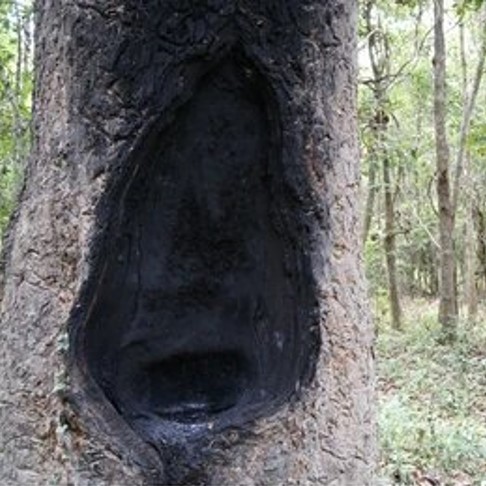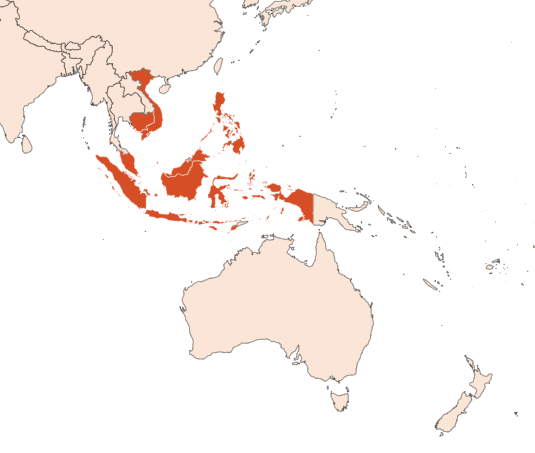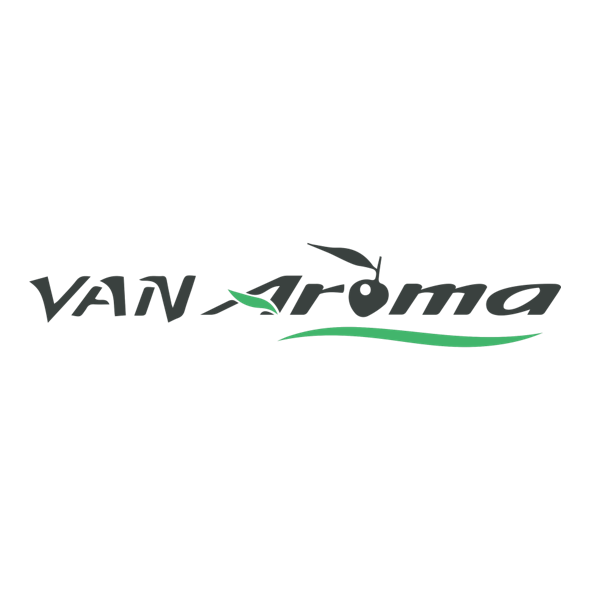Gurjun balsam dark CT copaene
Naturelle
Woody > Buttery > Cedar > Tobacco

Crédits photo: ScenTree SAS
Latin name :
Dipterocarpus turbinatus
Botanical profile :
Gurjun is the name given to the balsam exhuded by a tree belonging to the Dipterocarpaceae family and the dipterocarpus genus
Geographic origin :
The Dipterocarpus turbinatus (gurjun balsam tree ) is native to Asia, especially Southeast Asia. It is very common in the following countries: Malaysia, Indonesia, Philippines, Vietnam, Cambodia.
Chemotypes :
The genus Dipterocarpus includes almost 70 species. Among them, one species, the Dipterocarpus turbinatus is very valuable for its balsam, the gurjun.
This species has two main chemotypes, identifiable by the main component.
- Dipterocarpus turbinatus CT Copaene (Gurjun balsam dark CT copaene / Gurjun balsam light CT copaene): This chemotype is mainly present in Indonesia. The balsam of this chemotype contains at least 40% Alpha-copaene as well as few amont of Beta-caryophyllene.
- Dipterocarpus turbinatus CT Gurjunene (Gurjun balsam dark CT gurjunene /Gurjun balsam light CT gurjunene): This chemotype is distributed in Malaysia, Philippines, Vietnam or Cambodia. The balsam contains at least 40% Alpha-gurjunene. (Please note that the concentration of beta-caryophyllene is negligible).
This species has two main chemotypes, identifiable by the main component.
- Dipterocarpus turbinatus CT Copaene (Gurjun balsam dark CT copaene / Gurjun balsam light CT copaene): This chemotype is mainly present in Indonesia. The balsam of this chemotype contains at least 40% Alpha-copaene as well as few amont of Beta-caryophyllene.
- Dipterocarpus turbinatus CT Gurjunene (Gurjun balsam dark CT gurjunene /Gurjun balsam light CT gurjunene): This chemotype is distributed in Malaysia, Philippines, Vietnam or Cambodia. The balsam contains at least 40% Alpha-gurjunene. (Please note that the concentration of beta-caryophyllene is negligible).
Extraction process :
Gurjun balsam is exhuded by tall trees of the Dipterocarpus gender. Farmers performs scarifications and burns of the trunk. Resulting oleoresin is the tree's immunological response to these aggressions.
If the oleoresin is sold as such, it is called ''Dark '' quality. (cf. Gurjun balsam dark CT copaene).
It is however possible to make a hydrodistillation on it in order to obtain a ''light '' balsam. (cf. Gurjun balsam light CT copaene)
If the oleoresin is sold as such, it is called ''Dark '' quality. (cf. Gurjun balsam dark CT copaene).
It is however possible to make a hydrodistillation on it in order to obtain a ''light '' balsam. (cf. Gurjun balsam light CT copaene)
Major Components :
Alpha-copaene (40 - 55%)
Beta-caryophyllene (15 - 25%)
Alpha-gurjunene (Trace)
Beta-caryophyllene (15 - 25%)
Alpha-gurjunene (Trace)
- Uses in perfumery :
- Used as a base note to bring an intense and warm woody note. Because of its cheaper price (than patchouli EO, Amyris EO or Copaiba balsam), gurjun balsam is an attractive option for fixative queries. Also allows to fixate aromatic notes and floral bouquet. It is a very good fixative.
Nowadays, gurjun is more used as a counterfeit for other essential oils rather than for its own smell. - Other comments :
- Be careful, the species used to obtain gurjun balsam is classified as ''vulnerable '' by the IUCN, it is therefore in danger of extinction due to its over-exploitation. Luckily, there is now a decreasing amount of production.
It is common to use gurjun balsam to falsified Patchouli EO. This adulteration is identifiable because there is no allo-aromadendrene (N°CAS: 25246-27-9) in the patchouli EO. - Volatility :
- Base
- Appearance :
- Brown to dark viscous liquid
- Stability :
- Price Range :
- €
- Aromatherapy :
Informations provided below are taken from reference works in aromatherapy. They are given for information purposes only and can not constitute medical information, nor engage the responsibility of ScenTree.
Data not available.

Crédits photo: ScenTree SAS
- EINECS number :
- 232-444-8
- FEMA number :
- Donnée indisponible.
- Allergens :
- This ingredient does not contain any allergen.
- IFRA :
- This ingredient is restricted by IFRA
- Annexe I :
- Some regulated synthetic ingredients are found in nature and in certain proportions in natural ingredients. This presence in nature has to be taken into account when calculating limits of use recommended by the IFRA. In case you do not know these concentrations, you can use the ones estimated by the IFRA. Here they are :
- Annexe I :
- Some regulated synthetic ingredients are found in nature and in certain proportions in natural ingredients. This presence in nature has to be taken into account when calculating limits of use recommended by the IFRA. In case you do not know these concentrations, you can use the ones estimated by the IFRA. Here they are :
| List of regulated compounds contained in this ingredient | ||
|---|---|---|
| Regulated ingredient name | CAS N° | Estimated Concentration |
| Methyl eugenol | 93-15-2 | 1,2 |
| Safrole | 94-59-7 | 1,7 |
| Eugenol | 97-53-0 | 0,7 |
| List of regulated compounds contained in this ingredient | ||
|---|---|---|
| Regulated ingredient name | CAS N° | Estimated Concentration |
| Methyl eugenol | 93-15-2 | 1,2 |
| Safrole | 94-59-7 | 1,7 |
| Eugenol | 97-53-0 | 0,7 |
To learn more about IFRA's standards : https://ifrafragrance.org/safe-use/library
ScenTree is solely responsible for the information provided here.

